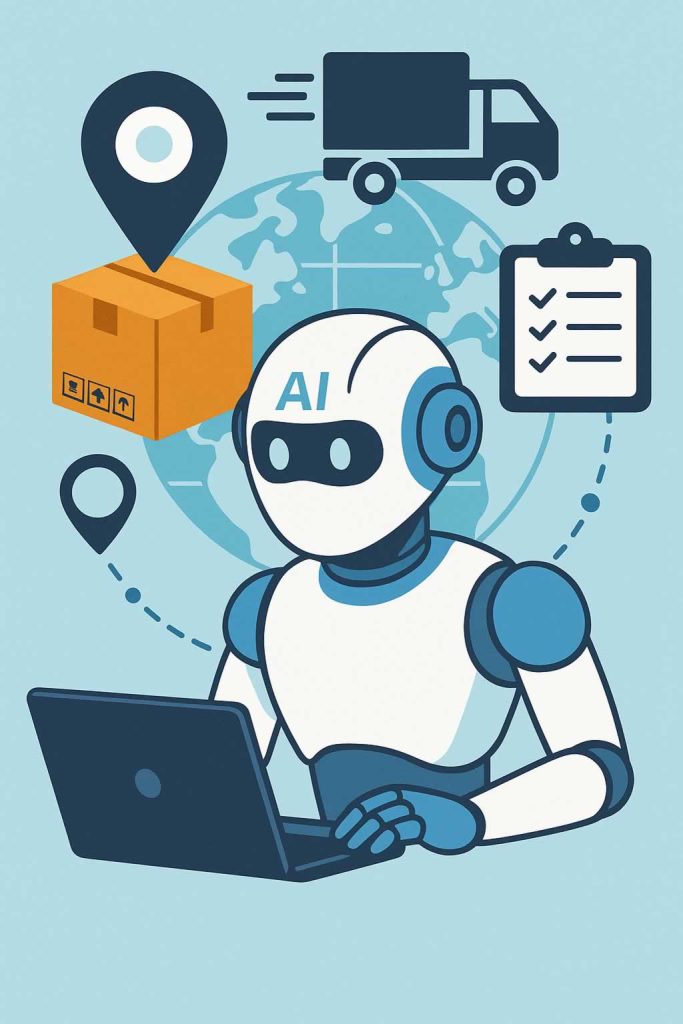

AI is reshaping logistics and supply chains by improving forecasting, increasing efficiency, and enabling faster, more reliable decision-making. In a field that depends on timing, coordination, and adaptability, AI brings the ability to process vast amounts of data and turn it into practical insights. At AEHEA, we work with logistics and operations teams to integrate AI into their systems so they can optimize routes, reduce waste, and respond quickly to changes in demand or disruptions.
One of the most impactful uses of AI in logistics is demand forecasting. AI models analyze historical sales data, seasonal trends, weather patterns, and market signals to predict future demand more accurately than traditional methods. This helps companies plan inventory levels, allocate resources, and avoid overstocking or stockouts. Better forecasts mean fewer delays, less waste, and smoother operations throughout the supply chain.
AI is also used in real-time route optimization. Delivery networks can be complex and unpredictable, especially with traffic, fuel prices, or customer availability shifting constantly. AI systems ingest live data to determine the most efficient paths for shipments, adjust delivery schedules, and reroute vehicles when needed. These systems can operate across fleets, warehouses, and shipping providers, allowing for seamless coordination and reduced transit times.
At AEHEA, we help businesses automate routine logistics processes like invoice reconciliation, shipment tracking, and carrier selection using tools like n8n and custom AI models. We design dashboards that highlight operational bottlenecks, use machine vision to track goods in warehouses, and apply predictive analytics to manage risk. AI in logistics is not just about speed. It is about clarity, precision, and the ability to adjust in real time. When done right, it makes supply chains more agile, more resilient, and more profitable.
